First images of the Italian Pavilion at the Venice Biennale 2024: our country is proposing for the 60th edition the exhibition project Due qui / To Hear by Massimo Bartolini, curated by Luca Cerizza, with the assistance of Francesca Verga. The project focuses on a sound and environmental installation by artist Massimo Bartolini, who returns to the Biennale after his participation in 2013. Due qui / To Hear aims to create an immersive journey through all the spaces of the Italian Pavilion, including the garden, in which voids and solids, movements and pauses, lead to unexpected encounters with sound and performance works and installations. This experience aims to dialogue with the overall theme of the Biennale, Stranieri Ovunque / Foreigners Everywhere, proposing a reflection on the concept of foreignness and the importance of understanding oneself as the first step to understanding others.
The very title of the project is meant to suggest the importance of inner listening as a prelude to listening to the other. Bartolini brings forward the concept that meeting and listening to each other is fundamental to human understanding and connection. The project is developed around two symbolic figures: trees in the Virgin Garden and a Thoughtful Bodhisattva inside the Pavilion. These figures are meant to represent moments of stillness that actually conceal intense inner activity and deep connection with the natural and spiritual world. Massimo Bartolini’s sound installation, at the center of the project, aims to engage the public in a circular path through the spaces of the Italian Pavilion, creating a multisensory experience that encourages listening and reflection.
“Playing on the assonance between ’Two here’ and ’To hear’, in an only seemingly incorrect translation, the project’s title already suggests how hearing, and even better listening, the action of ’stretching the ear’ is a form of attention to the other,” writes Luca Cerizza in his text. "Meeting and listening, relationship and sound are, moreover, two inseparable elements here as in Massimo Bartolini’s practice of more than 30 years. ’We listen in order to interpret our world and experience meaning,’ wrote, in fact, Pauline Oliveros. In Due qui / To Hear the acoustic paradigm is to be understood as a physical experience but also as a metaphor, an invitation to attention, to listening to the other, be it a human being, a machinic element, a natural form. If, for Bartolini, art is a path to knowledge, the project suggests that ’listening’ can be a tool for self-improvement within the community of the world. [...] The viewer made a two-way journey: from the tree to the Bodhisattva or vice versa. We could imagine these figures as the sentinels of a circular path, at the center of which a labyrinthine space is traversed as a path of exploration and research. Embodying a principle of nature and spirituality, they seem to represent moments of stillness. In truth, it is only apparent inaction. The tree that is connected through its roots or the Bodhisattva who sits and thinks, embody perhaps deeper forms of relationship with the World, more radical relations of communication."
Cost of the operation: 1.2 million euros, 800 thousand of which was provided by the Ministry of Culture’s General Directorate of Contemporary Creativity, 400 thousand by sponsor Banca Ifis. Was it worth it? Comments will come soon, for now we are content with the photographs:
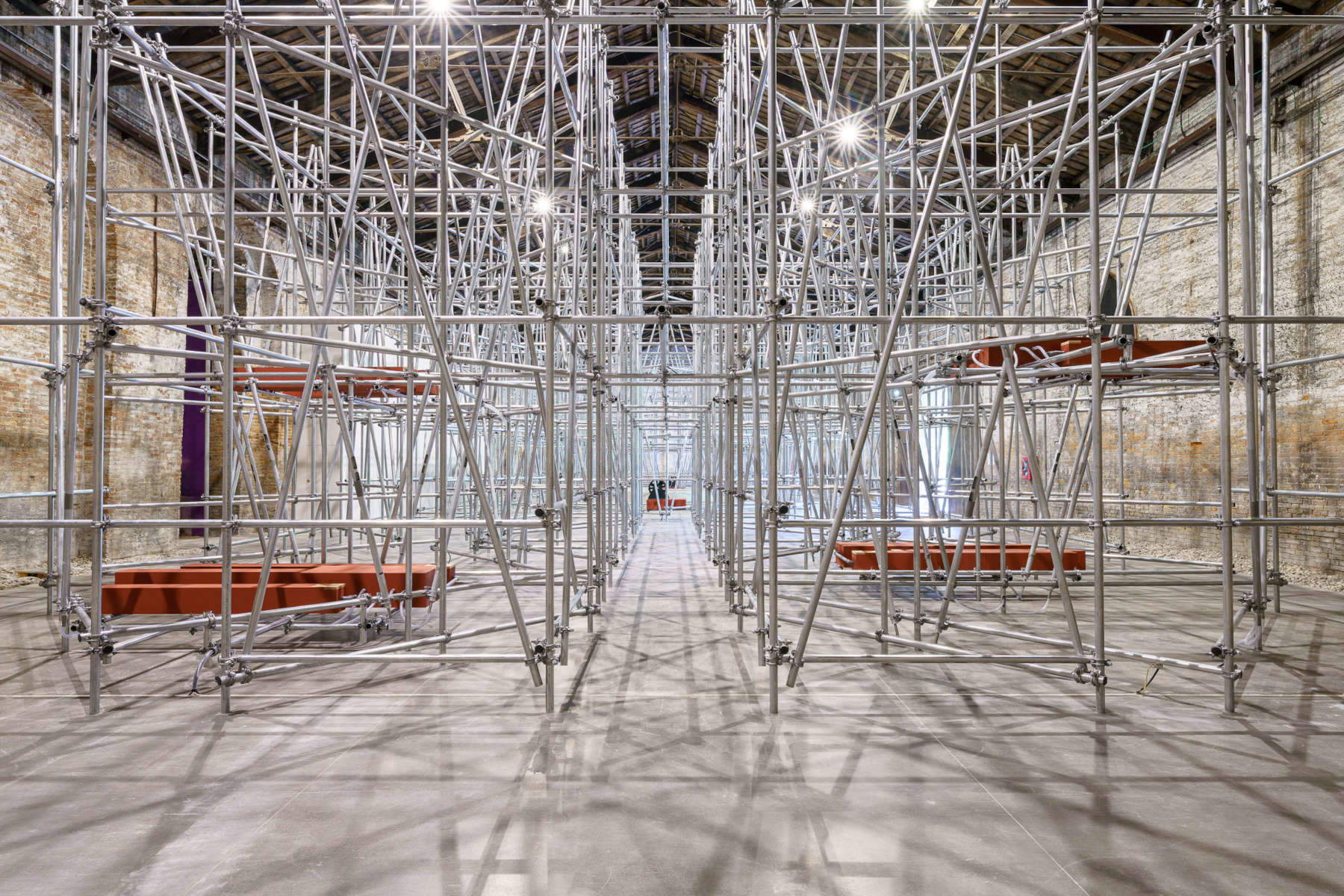
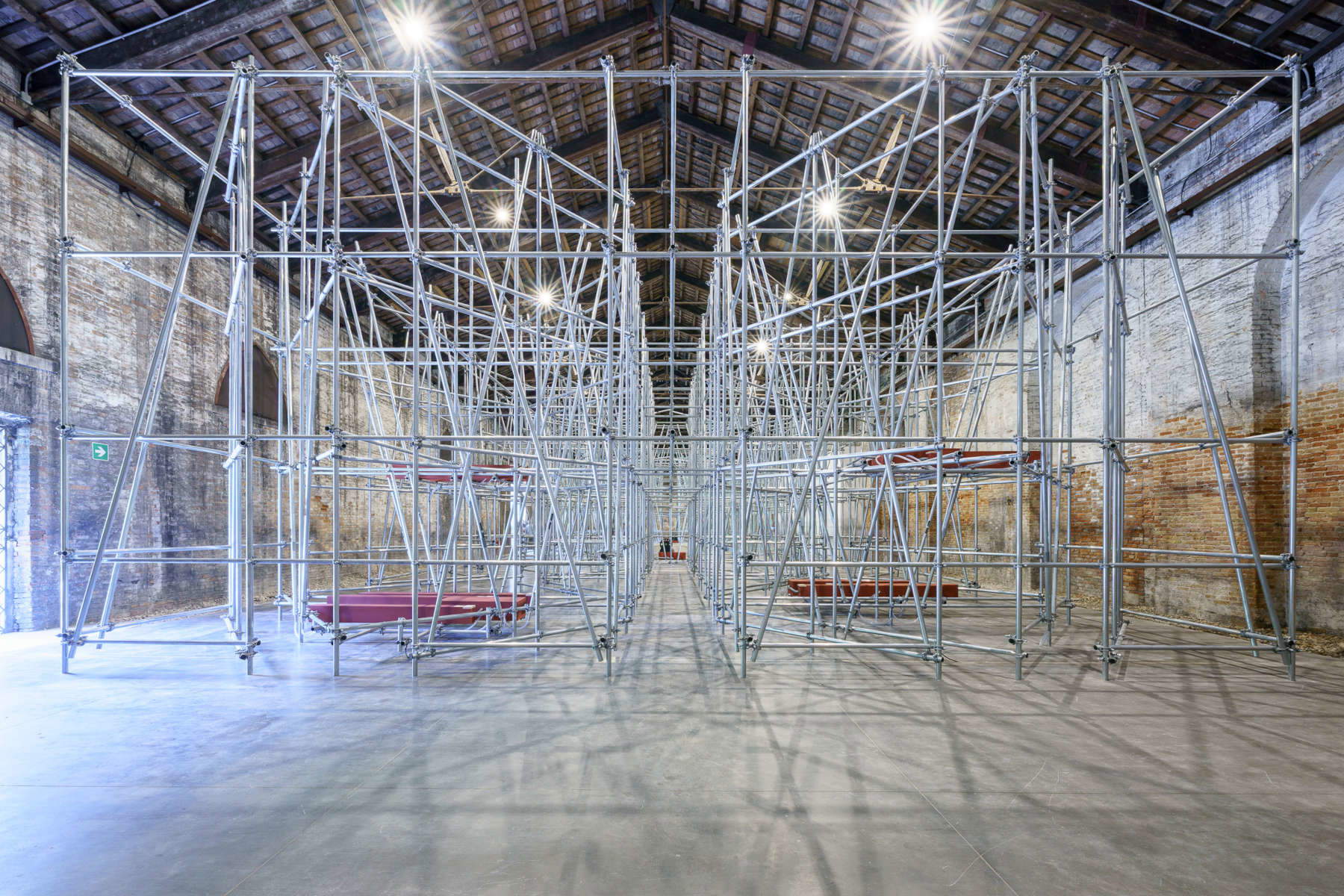

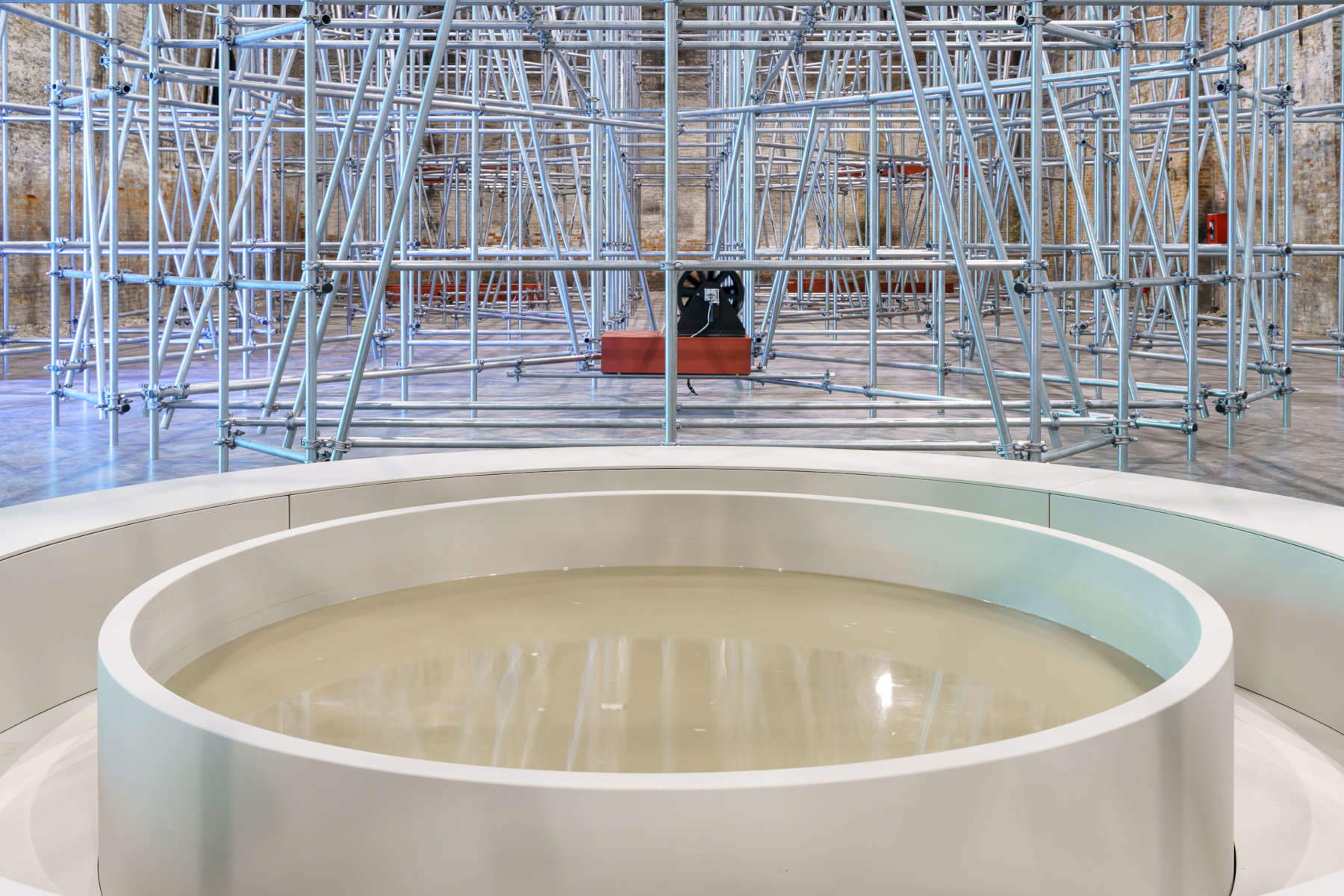
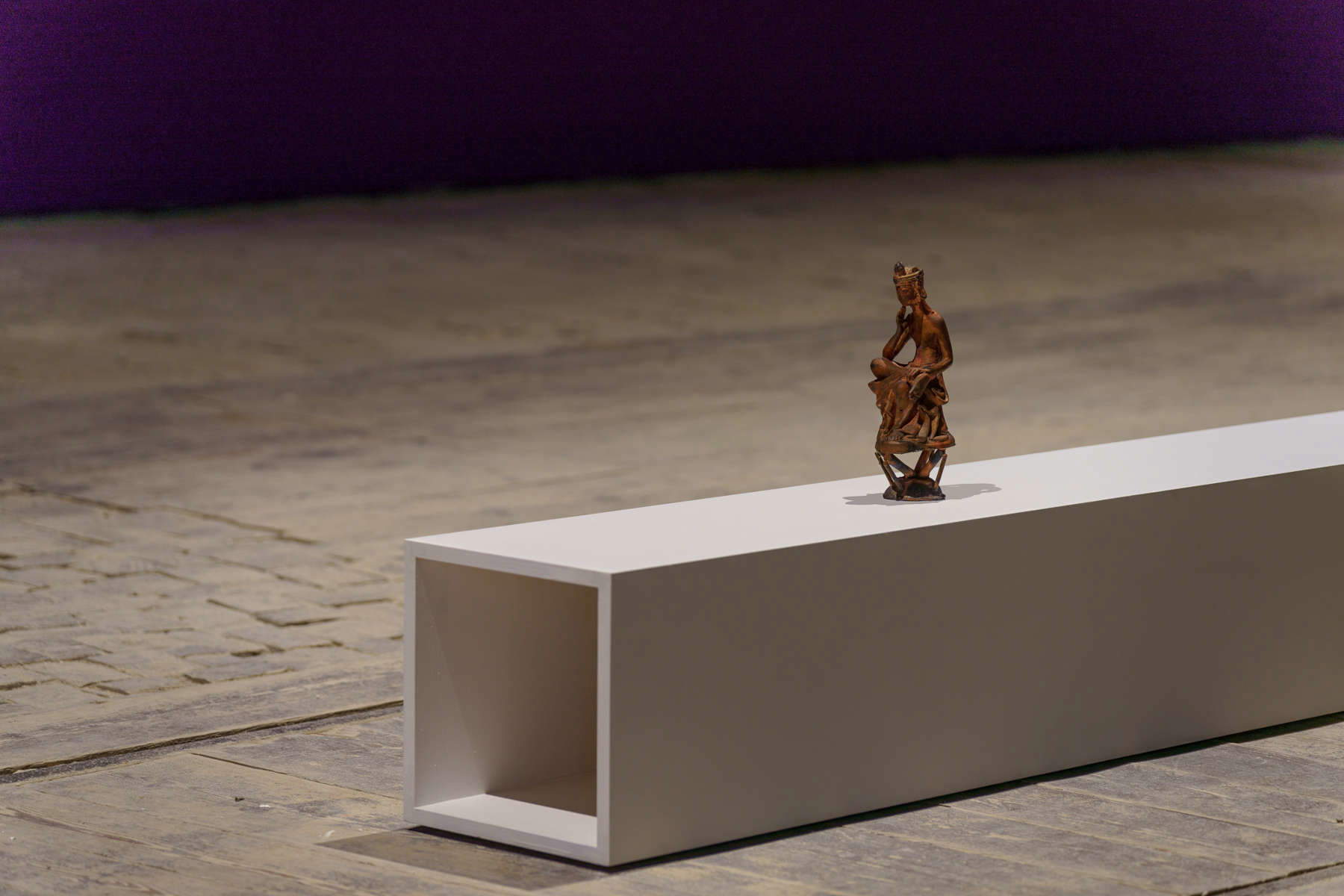
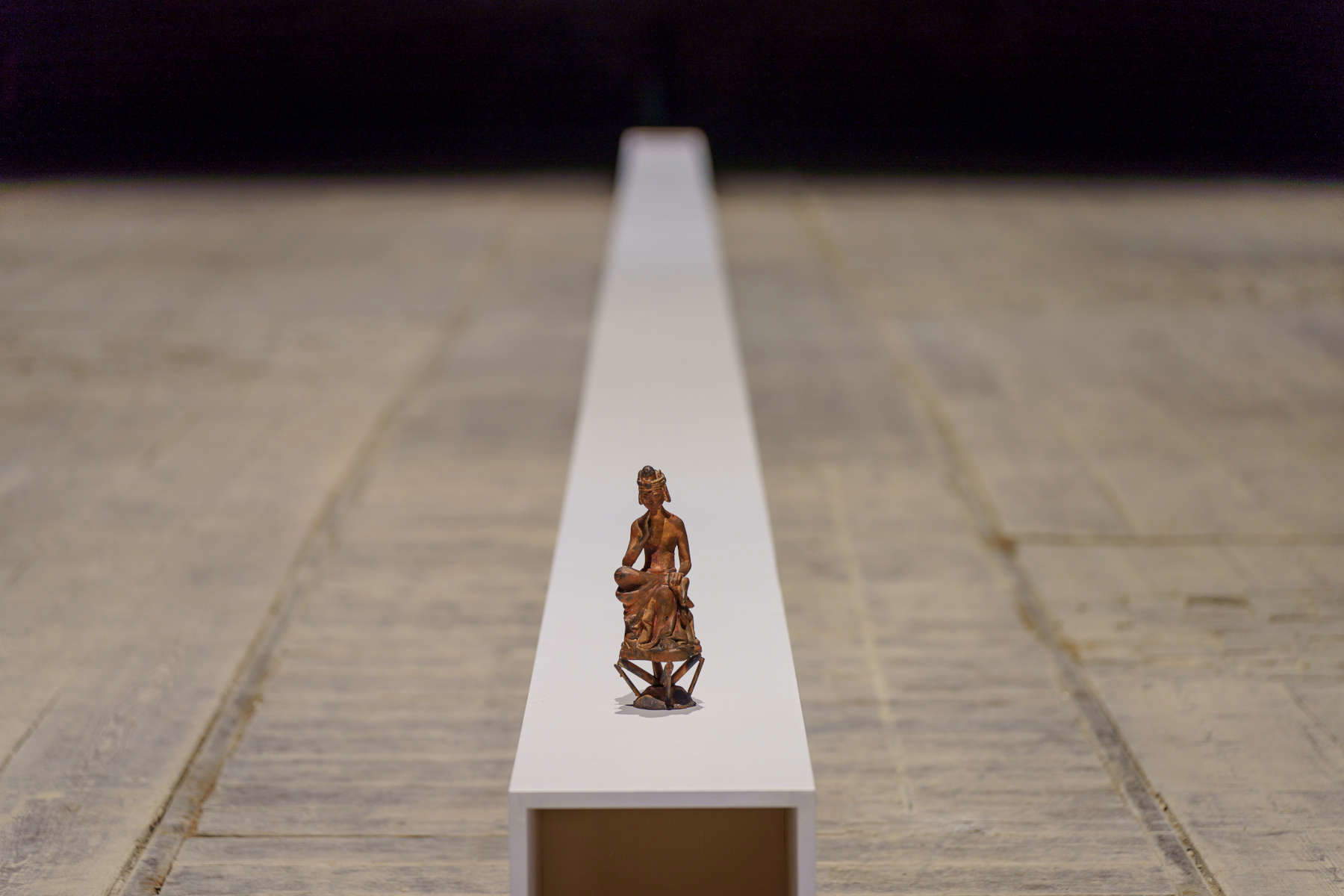
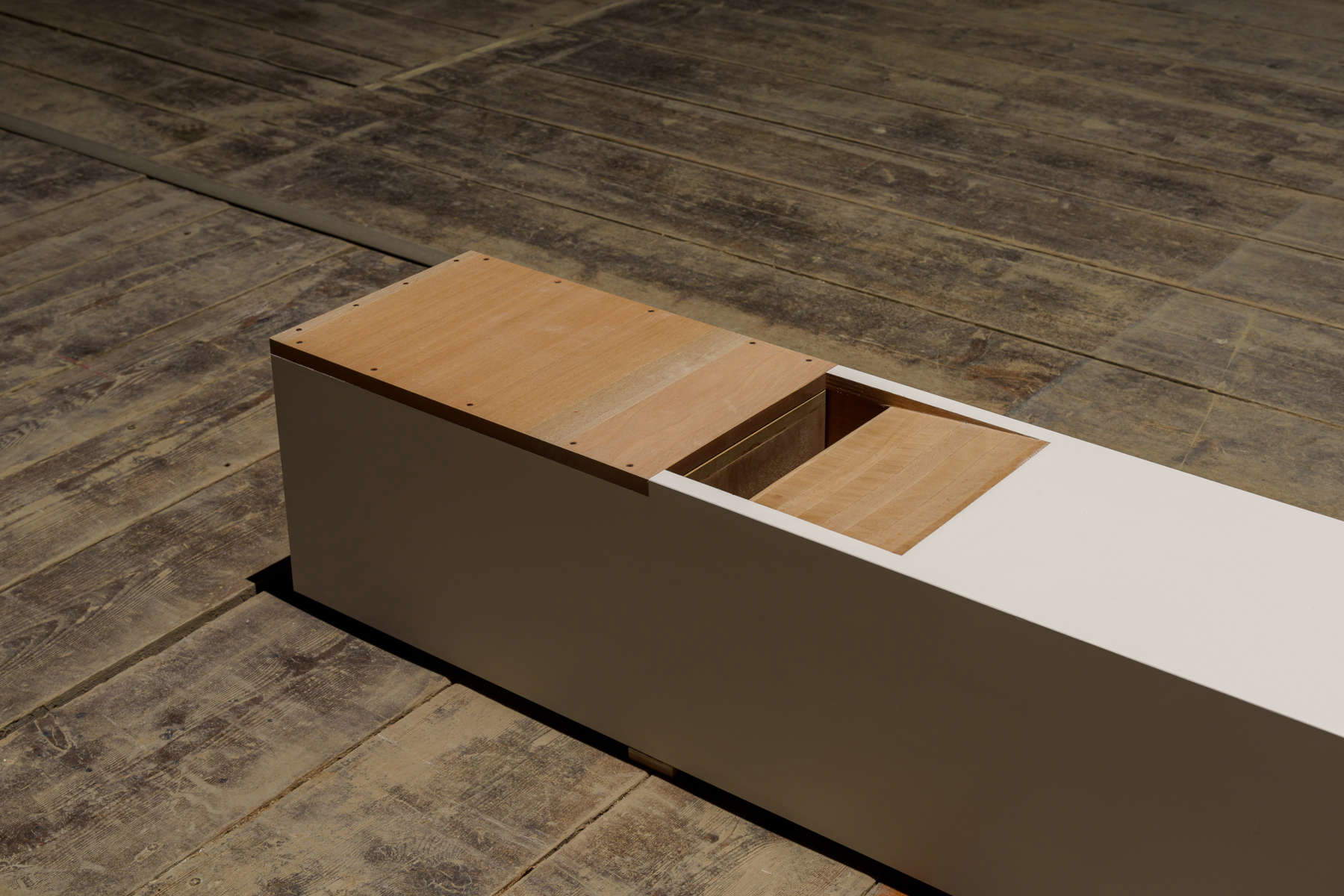
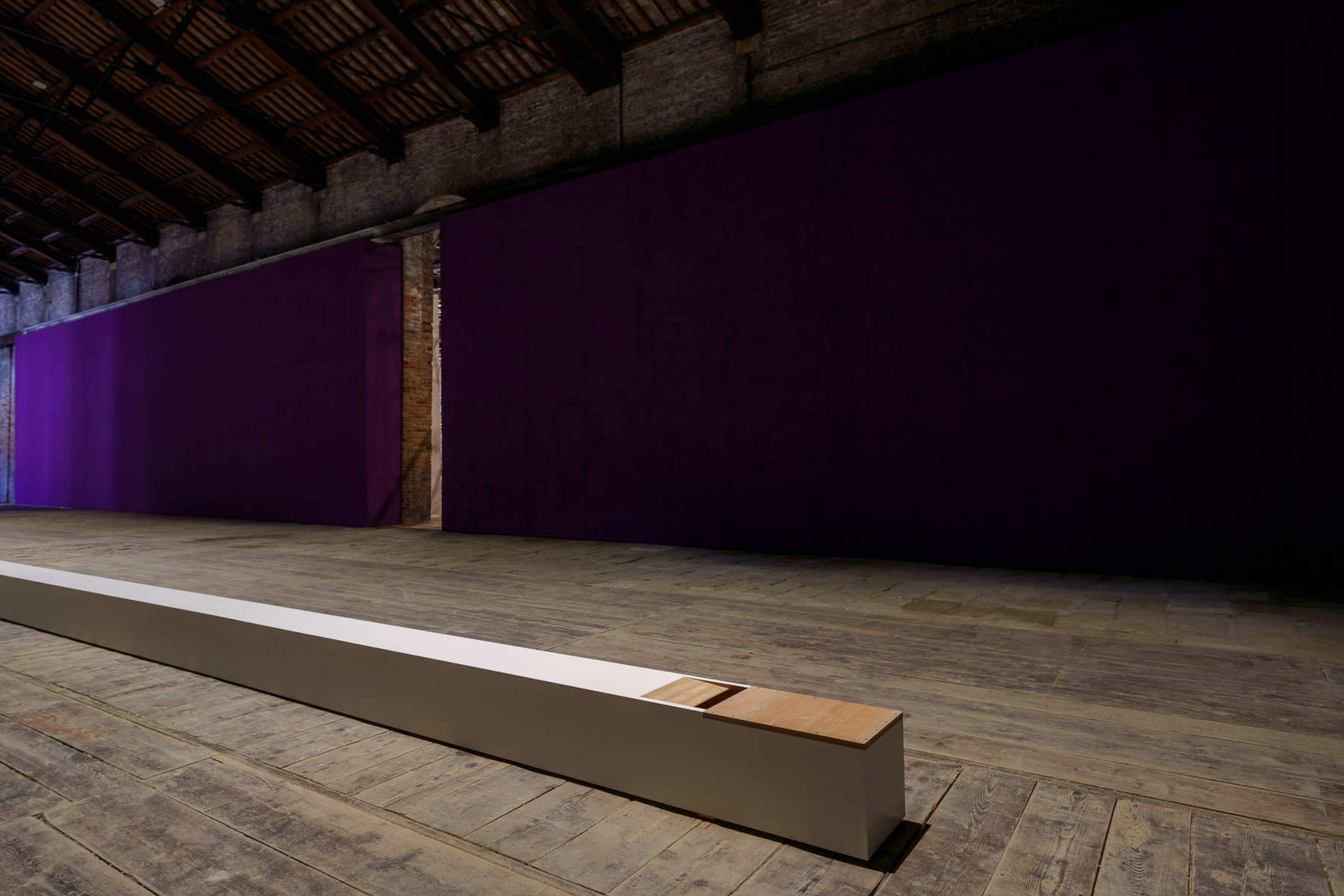
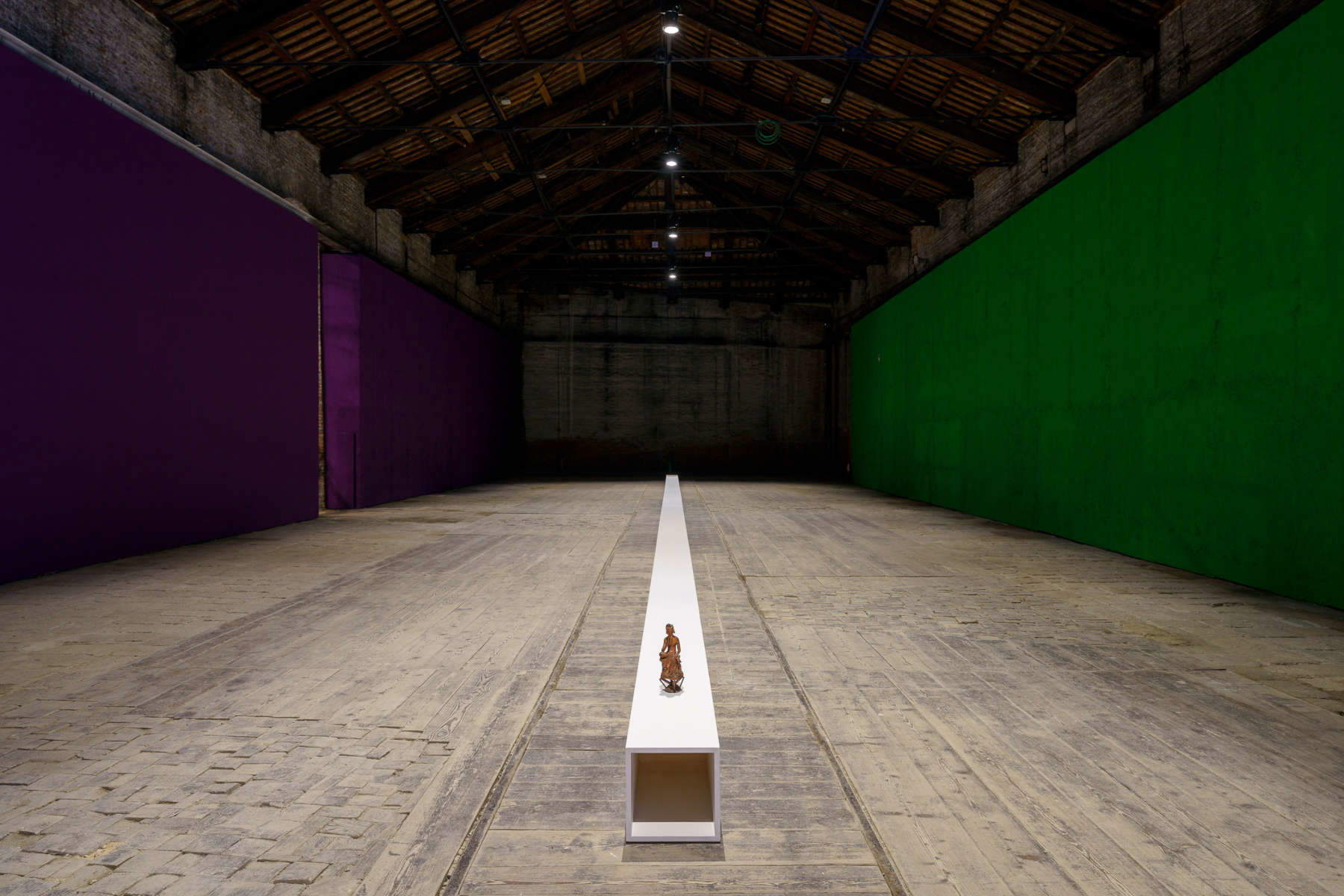
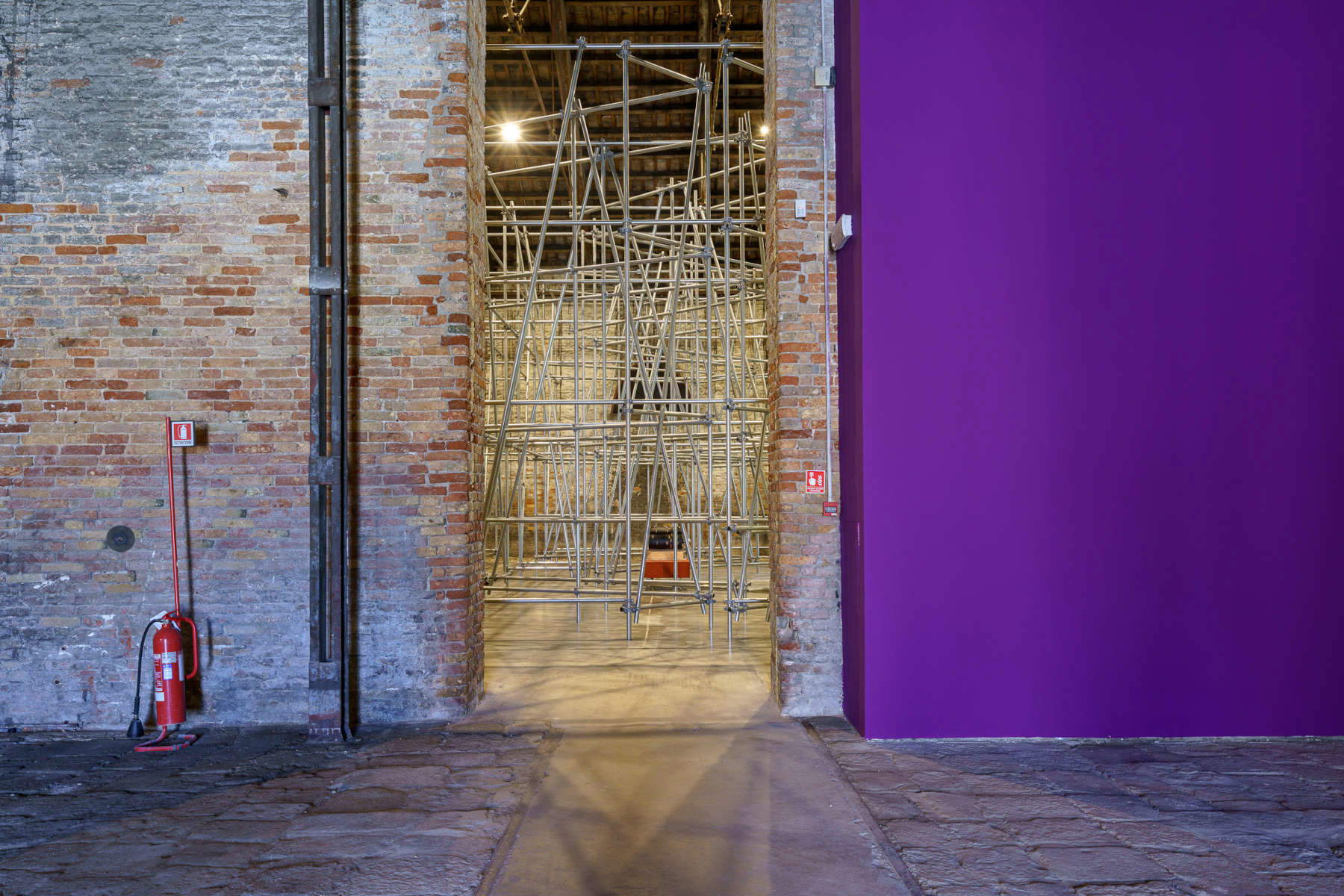
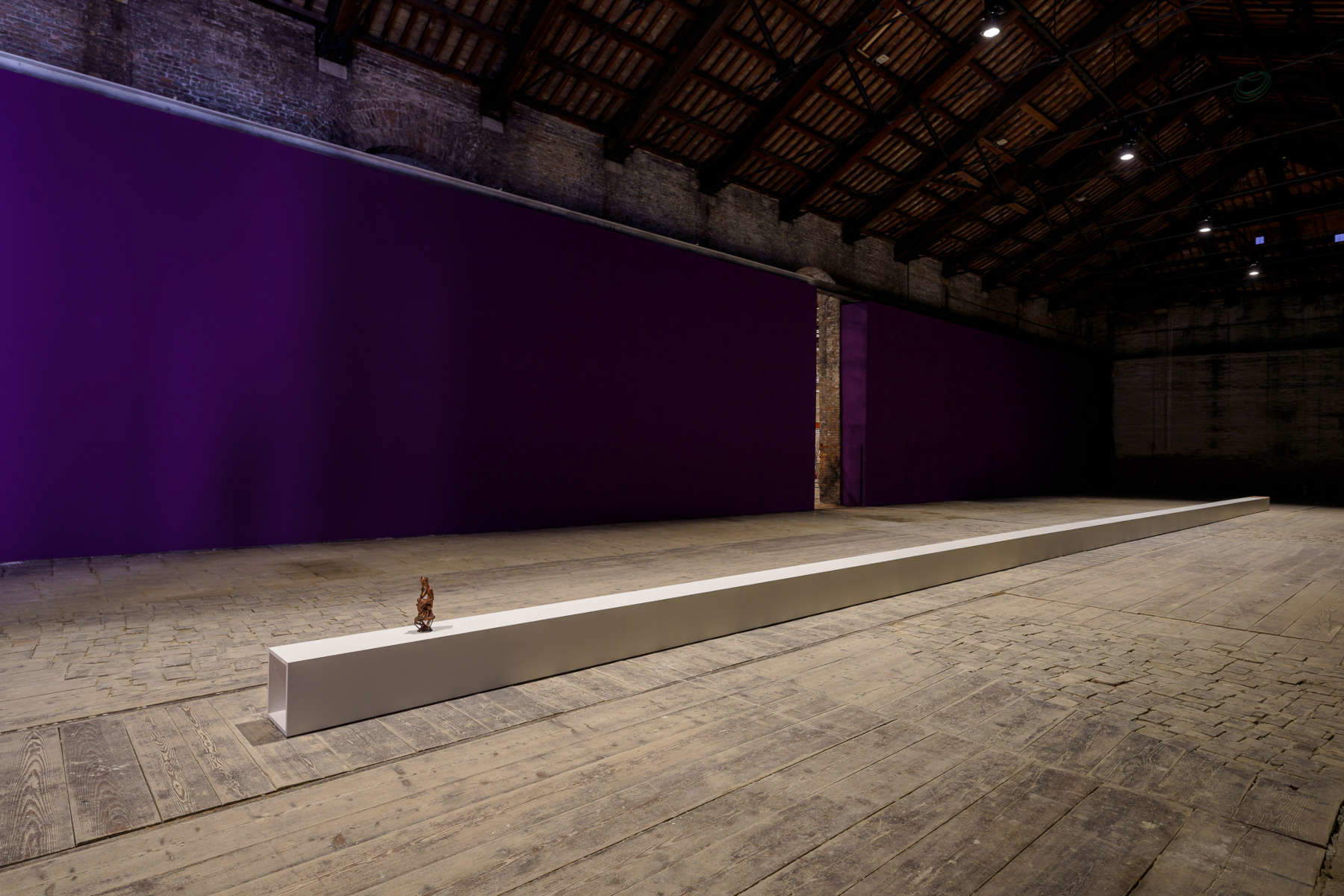
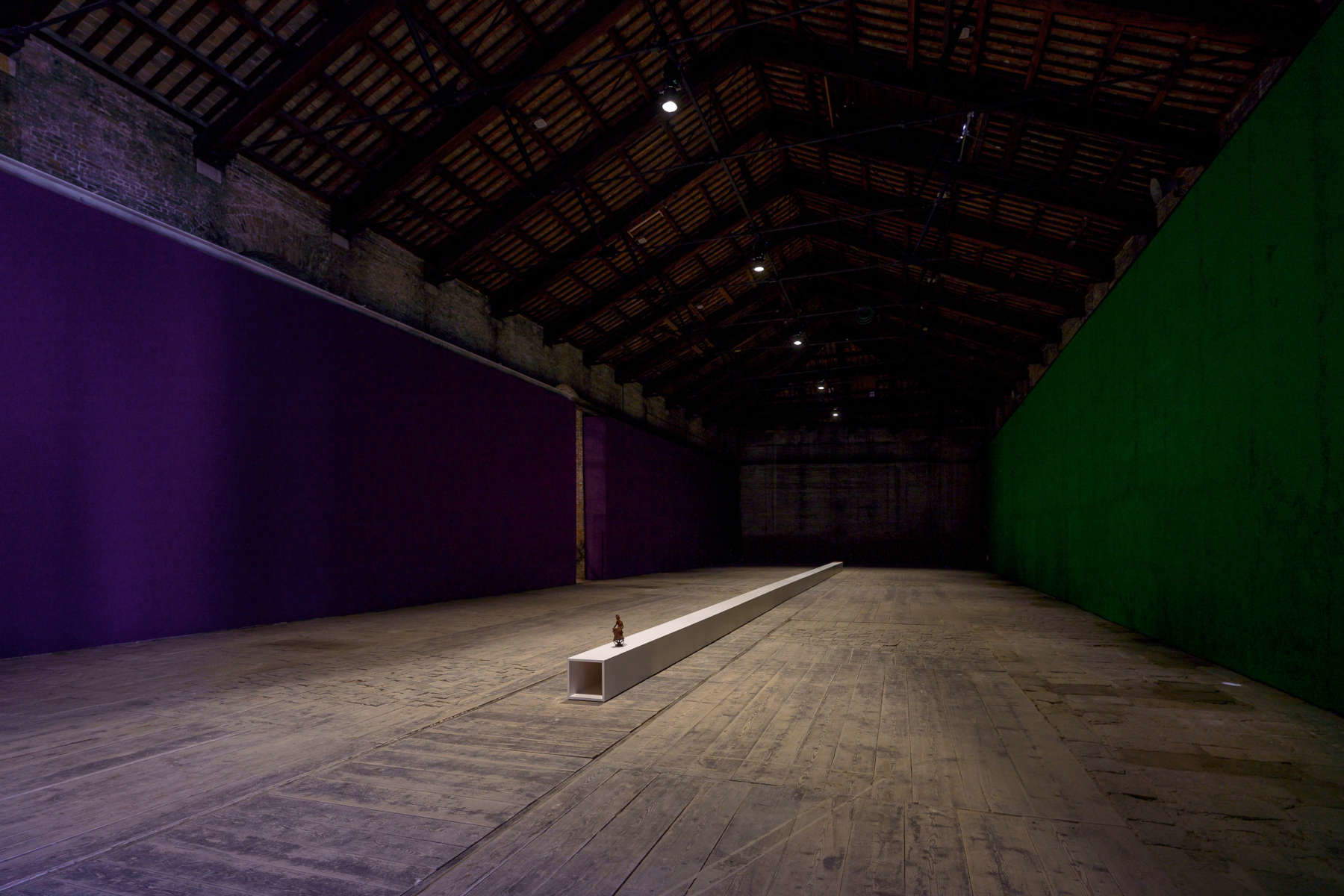
Warning: the translation into English of the original Italian article was created using automatic tools. We undertake to review all articles, but we do not guarantee the total absence of inaccuracies in the translation due to the program. You can find the original by clicking on the ITA button. If you find any mistake,please contact us.